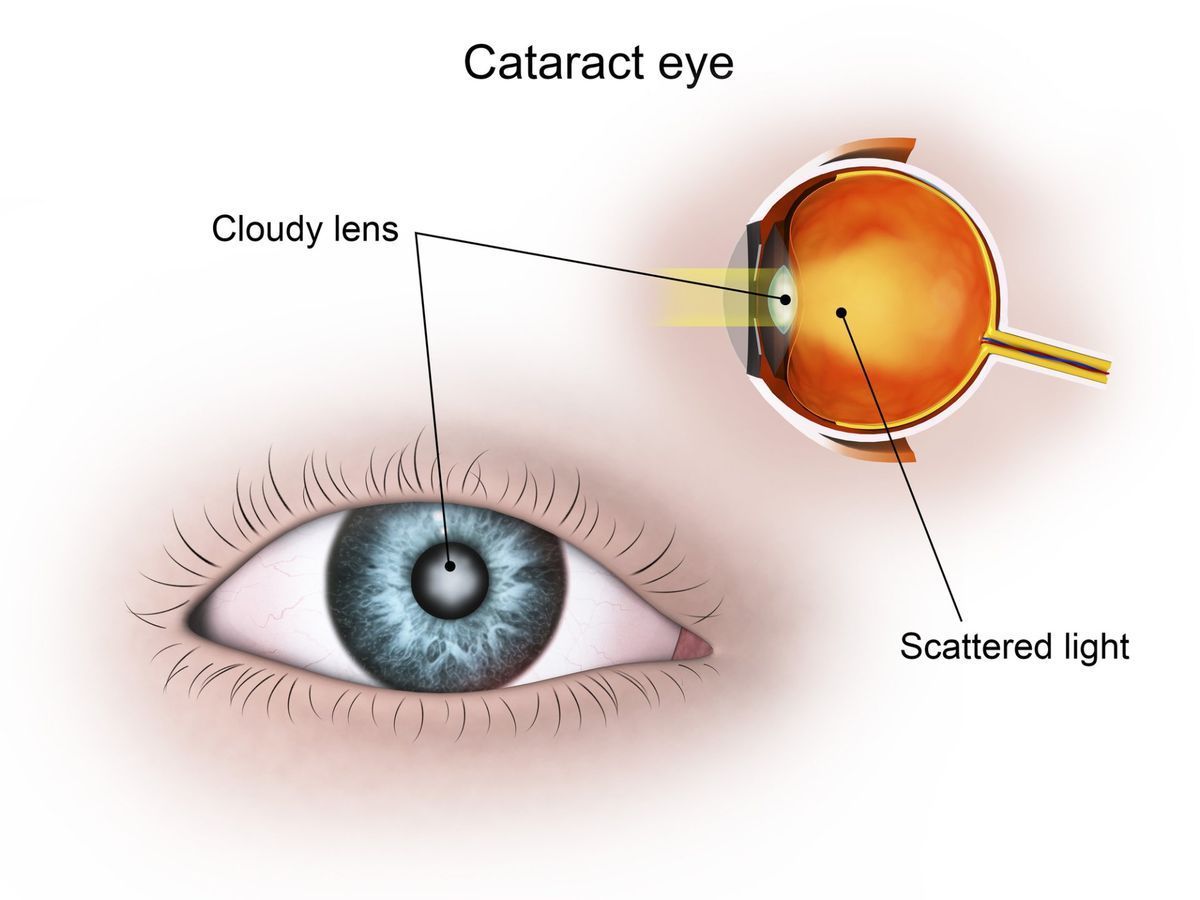Cataract Surgery in Jackson, MS
What Are Cataracts?
A cataract is a clouding of the natural lens inside your eye. This lens, located behind the iris (or colored part of your eye) works just like the lens of a camera focusing light images on the retina, which sends the images to your brain. This human lens, made mostly of protein and water, can become clouded. The clouds keep light and images from reaching the retina. Eye injury, certain diseases, or even some medications can cause clouding. But, in over 90% of cases, the clouding is caused by the aging process.
A cataract is not a “film” over the eye, and neither diet nor lasers will make it go away. It can be the reason sharp images become blurred, bright colors become dull, or seeing at night is more difficult. It may also be why the reading glasses or bifocals that are used to help you read or do other tasks, no longer seem to help. Cataracts can’t be prevented but can be removed through surgery.

Cataract Extraction by Phacoemulsification with Intraocular Lens Implantation
Currently, the only form of cataract treatment is surgery. The advent of intraocular lens implants after cataract removal has made cataract surgery an increasingly positive and rewarding experience. Prior to surgery, we will discuss with the patient the surgical goals and techniques that will be used. This open and direct attitude helps to reduce patient anxiety.
Cataract surgery is performed on an outpatient basis and usually requires just a few hours from start to finish. Your eye will be treated with an anesthetic prior to the procedure so you’ll feel little if any, discomfort. First, a tiny incision will be made in the eye allowing your surgeon to use a small instrument about the size of a pen tip to break up the cloudy cataract. Once the cataract is removed, the intraocular lens is inserted through the same tiny incision and set into its permanent position.
Cataracts and Glaucoma Combined Surgery
For patients that have both cataracts and glaucoma, Dr. Coleman performs a minimally invasive combined surgery to treat both conditions. This allows us to only perform one procedure, making it easier for our patients and possibly eliminating the need for eye drop usage.
Contact Eye Institute Of Mississippi today.
